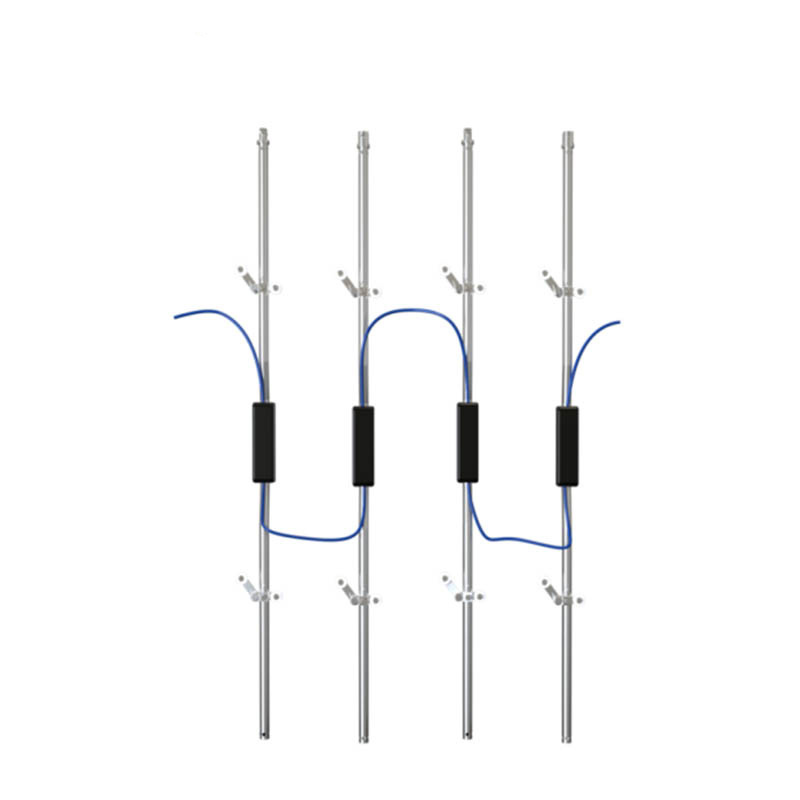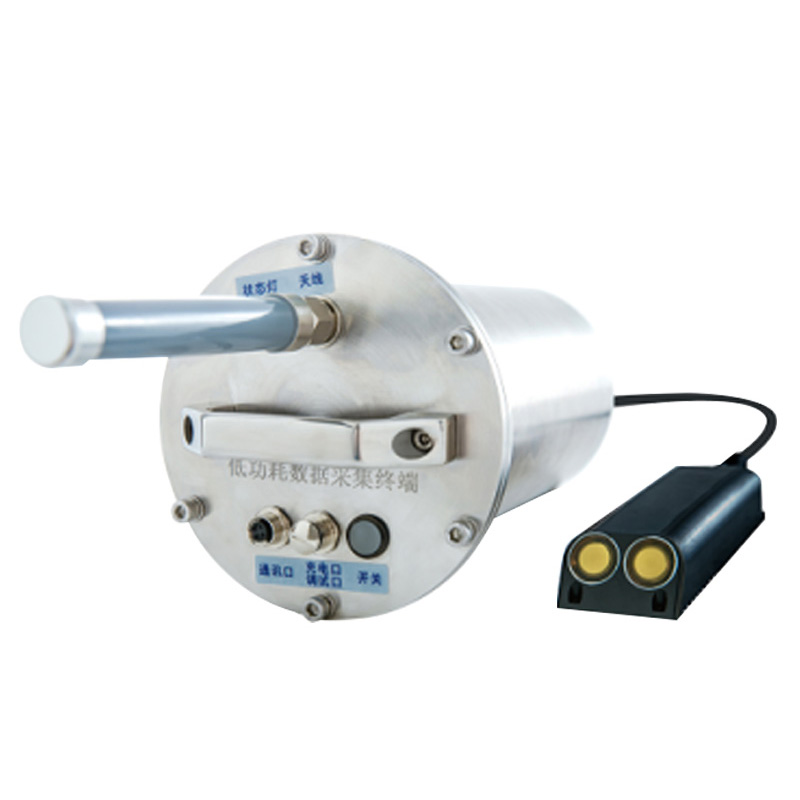Small-scale reservoir monitoring faces three major dilemmas: the reliance on manual inspections leads to the lack of key data such as rainfall and water levels; under extreme weather conditions like heavy rains, the traditional early warning response lags behind, and the risk of dam failure increases sharply; decentralized management lacks a unified platform, resulting in poor coordination of flood control dispatching. These hidden dangers seriously threaten the lives and property safety of the downstream areas, making the upgrade of hydrological monitoring extremely urgent.
The Water Level Monitoring System provides an effective solution to these problems. With the "six unifications" as the core — unified station construction design, unified data transmission protocol, unified station coding, unified data flow, unified database structure standards, and unified standardized management, it creates a full-chain intelligent monitoring system. The system consists of a monitoring center, a communication network, front-end monitoring equipment, and measuring equipment. The front-end monitoring equipment is responsible for data collection: telemetry stations automatically collect data such as water level, rainfall, and water quality, 24 hours a day, 7 days a week. Radar water level gauges are mostly used as water level sensors, which accurately calculate the water level height based on the propagation time difference by emitting high-frequency electromagnetic waves and receiving the reflected waves from the water surface; rainfall sensors such as tipping bucket rain gauges have a simple structure and are easy to maintain, with a tipping bucket design that flips and counts every time it receives a certain amount of rain, recording rainfall in real-time and accurately; there are also flow sensors, etc., which jointly conduct a comprehensive monitoring of multiple hydrological parameters of the reservoir.
The data collected by the equipment is quickly transmitted to the monitoring center through the communication network, achieving second-level early warning. There are various communication methods: wired transmission relies on optical cables and cables, which is stable and fast; wireless transmission uses communication technologies such as 4G and 5G, which is easy to install and enables remote data transmission in areas with signal coverage, greatly expanding the monitoring range. Even in reservoirs in remote mountainous areas with complex terrain and inconvenient transportation, satellite communication can ensure smooth data transmission.
The monitoring center is responsible for centralized data processing and decision support, and at the same time realizes multi-dimensional management and control, supporting video surveillance, intelligent water distribution, and safety analysis, with a single screen controlling the overall dynamics of the reservoir. Professional hydrological monitoring system software is installed on the server to conduct in-depth analysis and processing of the received data. When key data such as water level and rainfall reach the preset thresholds, the system immediately issues an alarm, reminding managers to take response measures such as early flood discharge and strengthening dam inspections, thus nipping potential safety hazards in the bud. The system is not only for monitoring but also for decision support: in terms of display, information is made clear through GIS maps, data dashboards, and mobile push notifications; in terms of control, scheduling suggestions are automatically generated according to hydrological models to reduce the risk of human error; it also takes into account water quality monitoring to help ecological sustainable development. The software can also generate various reports and charts, intuitively presenting the changing trends of reservoir water and rainfall conditions, providing data support for scientific dispatching. For example, during the flood season, the reservoir's water storage capacity is reasonably regulated based on real-time monitoring data, which can not only prevent the risk of flood overtopping the dam but also ensure water supply for production and living in the downstream areas during the dry season.
In terms of dam safety monitoring, the system evaluates structural stability by continuously monitoring parameters such as dam deformation and seepage. If the monitoring data is abnormal, an early warning is issued in a timely manner to facilitate staff inspection and maintenance, ensuring the structural safety of the dam. The transformation from "human prevention" to "technical prevention" makes hidden dangers impossible to hide.
Flood control is no trivial matter, and the responsibility is heavier than a mountain. The general equipment of the Water Level Monitoring System, with its efficient data collection, stable transmission, and accurate analysis and processing capabilities, builds an all-round and multi-level reservoir safety monitoring system.

This paper addresses:https://www.fengtusz.com/industry/812.html









